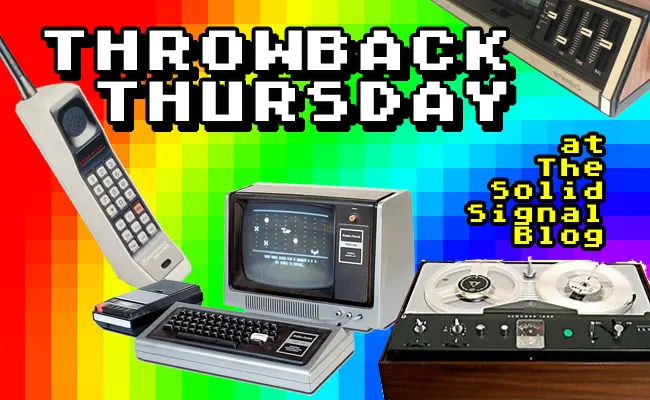Here in 2021, it’s not uncommon to see people with smart watches. If they’re Apple afficionados, they have the Apple Watch of course. If not, they probably have a newer Fitbit, most likely a Versa or one of the others that looks disturbingly like an Apple Watch. (Envy, much?) But certainly while the smart watch is here to stay, it didn’t really look very good for that market in the very beginning.
The view from 2013
Back in 2013, I had an avid reader who believed a lot of things. Things that excited him about the future of technology, and things that he would share with regularity. His opinions shaped the early history of this blog as much as anything else did. When I agreed with him, I’d say so. And when I didn’t, I’d say that too.
This fellow loved the idea of a smart watch, and believed that the age of wrist communication was very nearly among us. Except, of course, that it wasn’t. I gave my opinion in this editorial from 2013. It’s a pretty good read if you can ignore the fact that it’s out of date. I pointed out the many years of failure from smart watch technology, and how it still had a way to go.
What saved the smart watch
In the 2000s, manufacturers believed that you’d want data from your smart watch. And they weren’t wrong, other than the fact that it was impossible to do a wrist-sized data connection without it being embarrassingly slow. By the end of the decade, one company (Fitbit) had some success with their wrist-mounted fitness trackers. The only problem was that they were embarrassingly inaccurate. It was possible to accumulate “steps” by using your watch-wearing arm to cook, pet an animal, and do any manner of somewhat embarrassing things. Their heart-rate tracking wasn’t any better.
And then came Apple. The original Apple Watch was embarrassingly incomplete, and surprisingly the Apple faithful stayed away. I personally decried it as just another thing to charge. But, Apple didn’t give up. Slowly, they figured out what a smart watch was good for.
Boomers eventually saved the smart watch, because Apple figured out that their watch could be used for things like fall detection and voice communication. The “me” generation loved how easy it was to talk to their grandkids without putting in a fairly embarrassing and uncomfortable bluetooth headset. There are hundreds of apps for the Apple Watch, but personally I’ve never seen anyone use it for more than basic fitness tracking and voice communication.
Will the smart watch continue to thrive?
I’ll admit that I didn’t see a strong future for the smart watch, but nearly a decade after saying so, I think there’s room for it… eventually. There are still some hurdles. Any watch that actually does something useful has a battery life measured in hours. A “dumb” watch, by comparison, has battery life measured in years, assuming it doesn’t self-charge. There’s still a lot of work to do on that front.
There’s also a lot of work to get the phones to a “mature” level. Ideally, if you’re going to spend $400 on a wrist device, you’ll want to keep it a while, not just upgrade every year. Phones have gotten mature enough that most folks are on a 3-4 year cycle and would honestly go longer if the batteries didn’t wear out. I’d love to feel like my 10-year-old smart watch could still suit my needs.
But, as phones continue to get bigger and bigger, there will be a segment who loves using a watch for basic telephony, texting, and emailing. And I see that continuing to be a “plus” for the watch. We’re ever more aware that our phone addiction is a bad thing, and a watch with basic communication only will help us stay away from the bigger screen without “fear of missing out.”



